Wood Burning Inserts & Stoves - which are best & which burn cleanest?
Reading the specifications to find the best wood burning fireplace inserts or wood stove can be rather complicated, so how do you choose? Let's shake loose the important points from all the technical jargon and make the process a bit more enjoyable so it's easier to tell which wood burning inserts and stoves give the most heat, burn best and burn the cleanest - especially important if choosing a stove for a sustainable lifestyle and for the minimum environmental impact.
When choosing a stove or fireplace, below is an example of some of the numbers that you will need to look at, their value lies mostly in being able to compare one wood burning stove against another:
- Maximum output capacity with dry wood - eg. 100,000 BTU/h
- Can heat up to (insert size here) eg. 223 sq. m. (2,400 sq. ft.)
- Firebox volume of (insert size here) eg. 0.1 cu. m (3.7 cu. ft.)
- Efficiency: eg. 78%
- Average particulate emission rate: eg. 3.9 g/h
Choosing the right size of wood burning insert or stove:
Whether you're looking for a wood burning chimney insert or a freestanding wood stove, buying the right size of unit is very important, but don't risk an aneurism trying to calculate BTUs per hour compared to square footage or total volume of air. Instead go with the following metric: is your house large, medium or small? Is it pretty airtight or pretty drafty? Will your wood stove be the main heat source or just supplementary? Is your house poorly, moderately or super-insulated?
Since there is no way for a wood stove manufacturer to know how well-insulated or airtight your house is, square footage and BTU output numbers are valuable for finding out where a wood stove falls on the 'small, medium or large' scale, but that's really about it.
An 1,800 sq. ft. house that is poorly-insulated may need an extra-large stove, an 1,800 sq. ft. house that is super-insulated may need an extra-small stove. There are even houses like passive solar homes that could probably be kept warm with a fondue pot and a few mood candles. So don't buy based on your square footage alone.
If you get a wood stove that is too big for your space, you will either overheat or need to operate it at a lower temperature. Running it at too low a temperature means a less efficient burn and higher particulate emissions. You pollute less and get the most value from your wood when burning a fire at pretty high temperatures, not to mention that it keeps your chimney cleaner. So getting the right size of stove is very important.
A great way to determine the size of stove you will need for an existing house is knowing how much electricity, oil, gas or wood you used to keep warm last year. If you speak to a reasonably well-versed wood stove dealer and give them an idea of your home performance and general needs (primary or supplementary heat source) they should be able to help size a stove for you.
Unless that is you want a wood burner as a primary heat source and don't own your own woodland so are buying fuel in, in which case you could also consider a high efficiency and electricity free wood pellet stove by reading here.
One more thing to consider while we're talking about sizing here, and I'm speaking from experience, is whether you're going to be cutting the firewood yourself or buying it in - because if you're buying wood in then check in your local area what size of wood is most common in terms of length - usually 16". Some of the smaller high efficiency wood burning stoves from European manufacturers only take a 12" log, and in certain areas because of the extra cutting to produce this small log size, and because you rarely find them in stock, you will be asked for a premium price... Good to know if you're looking to a woodburner to save money for heating in a rural area with plentiful trees!
Built-in wood burning fireplace insert in a chimney or freestanding wood stove:
Built-in wood burning inserts look more like a fireplace from the days of old, only with the inclusion of a glass door (as seen in the main image above); free-standing wood stoves are the ones with legs and a visible flue pipe. All the same rules apply in terms of stove size, particulate emissions and techniques for burning wood efficiently; the difference, beyond the visual, is about heat distribution.
Freestanding wood stoves are basically a space heater rather than a full house heating system. Some have an optional fan or 'blower' which helps circulate heat in the room, but they're difficult to use as the main heating system unless you have a very open-concept design. Built-in wood stoves can act a bit more like a furnace as they are able to vent heat throughout a house, even from the main floor down to the basement.
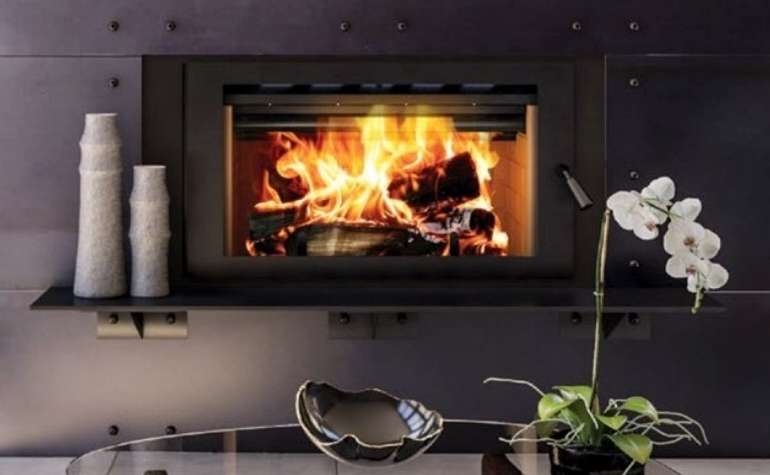
How to find the best wood burning fireplace inserts with a blower?
Here we love innovation and innovative products, but when looking for the best wood burning fireplace inserts with a blower, maybe some automation and for the purpose of whole home heating with a wood fire, we have to go with experience and reputation. The whole point of having a dependable heat source, especially in a colder climate, is that when you need it, it works - and this in our experience includes wood burners - you really do get what you pay for.
The best wood burning fire inserts will have a very tight control on airflow, will be built to last, and when something does break over time (which under the extreme circumstances that a high effeciency wood burner operates in is inevitable,) you need to know that you can get the spares and the service to enable the competent repair of your fireplace. For safety, for wood burning efficiency, and for your choice to be a sustainable one. (Ecohome has a selection of the best wood burning fireplace inserts with blowers here)
Your carbon footprint as a wood burner:
Heating with wood does not instantly make you an enviro-villain unless you live on an island with one remaining tree. Wood is a renewable resource and fairly abundant in most areas, certainly for rural wood burners.
Trees absorb carbon as they grow and they release it when they decompose. Burning wood releases carbon, but only about 20% more than if you leave a tree to rot on the forest floor.
That isn't to suggest that burning wood as a heating fuel has the same impact as leaving it to rot in the forest because it will also enrich the soil, but you'll need to heat your home somehow. Compared to other fossil fuels, wood that is thoughtfully selected and properly burned is a very respectable alternative.
The environmental and health implications of your woodstove will vary a lot depending on several factors - the quality of your stove, the moisture content of the wood you burn, the temperature you burn it at, and where you are located. The first thing to do if you want to get the most heat from your wood and pollute the least is to weed out anything that is not EPA certified.

Air pollution from wood stoves:
Because in rural areas with less dense housing, smoke from fires is more able to dissipate without having the same impact on local human health as it can in dense urban areas.
A high concentration of woodstoves in an urban setting will have a more noticeable impact on the surrounding air quality and consequently find its way into other homes. When there are lots of neighbouring wood stoves, a bigger concern for indoor air quality than [the smoke from your own fire can be the smoke from an upwind neighbour. It is for this reason that many cities across Canada and the U.S. are phasing out wood stoves and imposing very strict rules on emissions in urban areas.
An important point to note is that even with quality airtight stoves there is always an increased level of particulate in the air of your home that's pretty much unavoidable. You will always need to open it to add wood and a bit of smoke will usually come out when you do. So try to open the doors slowly, don't keep them open wide or for longer periods of time than is necessary.
And be conscious of the air pressure in your house - leaving on a bathroom fan, stove hood or central vac will depressurize a house; if your house is fairly airtight you may find more smoke coming into the house if you have the stove doors open at those times.
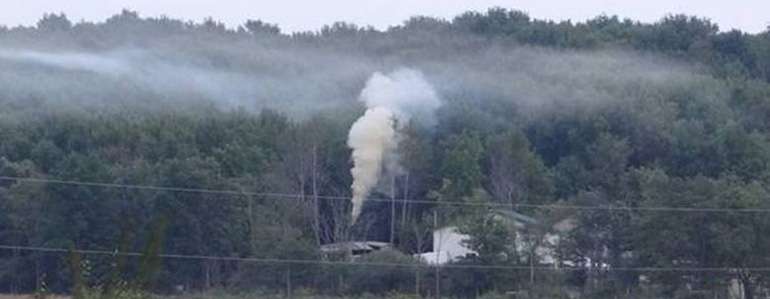
Burning wood at the right temperature:
The temperature that you regularly run your stove at is a big variable in determining efficiency and your overall environmental impact. Ideally, you want a fire to stay around the 550-600°F mark.
Volatile gasses start to form at about 450°F in the combustion process of wood and they start to burn off at about 540°F. That's where the term 'secondary combustion' comes in with stoves that have that capacity, which by now is offered by almost all manufacturers. Without the secondary combustion feature, much of the fuel value of your wood (up to 60%) is lost up the chimney when those gases aren't burned.
Regularly burning below the optimum burn temperature will lead to a quicker buildup of creosote in stove pipes, increasing your risk of a chimney fire if you do get it up above recommended burn temperatures.
All newly installed chimneys in Canada need to be certified and are safe up to 1200°F, though burning well above the optimum temperature isn't recommended. If you have a lot of creosote build up in your chimney it is possible for a rogue spark to ignite the creosote even at a relatively low fire temperature. Once creosote catches fire, the flue temperature will quickly rocket up to 2000°F, at that point it will probably start to rumble.

A chimney fire is a time for concern, but not panic. The reason we have chimney certification regulations is to prevent fires in this exact situation. If you get a chimney fire you should call the fire department as a precaution, and afterwards you should have a certified installer inspect it for damage.
By now you know that it's important to know the accurate temperature of your stove, so you'll need a thermometer. There are magnetic thermometers available but as they read the exterior pipe temperature and not the interior, they aren't as reliable. A probe thermometer is a better option, you drill a small hole in the flue pipe (at the manufacturers suggested height) and insert it.
Quality of firewood affects performance:
Hardwood is unquestionably better than softwood as a heating fuel, but the main reason is that softwood burns much faster so you need to load it a lot more often. Stoking your fire with maple or oak at night might leave you with a bed of coals in the morning, loading the same volume of pine will not. Softwood also means more splitting, more stacking and carrying.
The idea that softwood causes much more creosote buildup in chimneys and the magnitude of that as a problem is somewhat debatable. More on that here, where we also explain how to choose the right firewood for burning!
As a wood stove user, I very much like using pine in the fall and spring for a quick hot fire to take the edge off a chilly morning. It starts up fast, it burns really hot and it's over before you know it. Different tools for different jobs.
You may have heard that burning wet wood will clog up your stovepipe faster, which it does, though the problem is not with the moisture itself but that the moisture makes it so much harder to get a fire burning at the right temperature. Much of the energy that could be providing heat is instead consumed by boiling and evaporating the water in wood.
Ecological impacts of heating with wood:
Disregarding the argument for insect habitat for the moment, if you are in a rural area there are always dead trees that need to come down and they might as well warm you instead of rotting. Selectively choosing trees for firewood rather than clear-cutting a portion of a forest will have a lower environmental impact. While we found no truly reliable claims on the net, consensus seems to be that you can sustainably harvest between 1/2 and 1 face cord* a year from an acre of land, more if you include deadfall.
*A 'face cord' (or just a 'cord') is 16 inches deep, 4 feet high and 8 feet long, a 'bush cord' is the same thing but three rows deep.
Firewood is great as a secondary heat source when your heat pump stops working in cold temperatures or to heat your home in the event of a power outage when you rely on electric heating. It is much better than using gas or oil.
And just for fun...after an extensive Google search we cannot confirm this as either scientific fact or folklore, but legend has it that burning potato peels can help clean chimneys. Burn them if you like, but there is total consensus on the fact that running a stiff wire brush through a chimney for sure cleans it, so play it safe and hire pros to clean your chimney.




















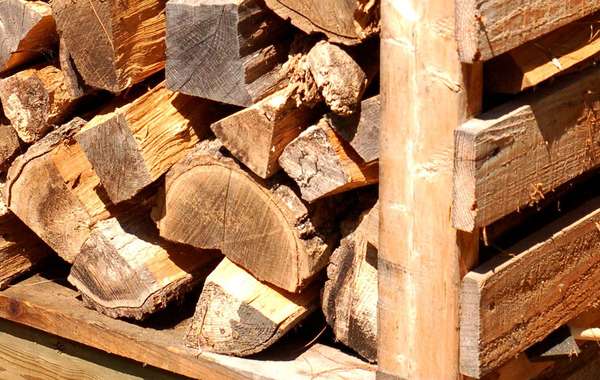
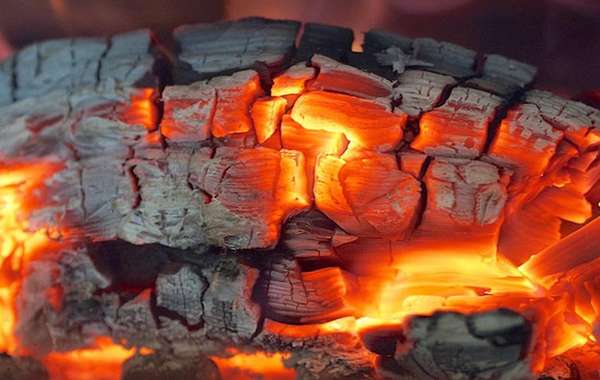

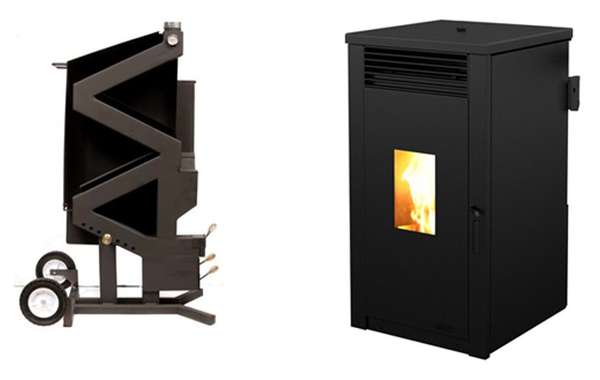
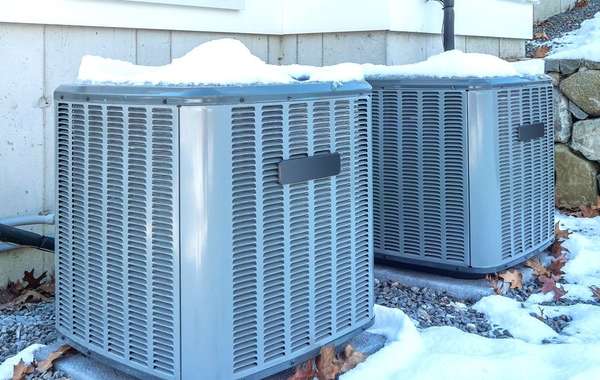

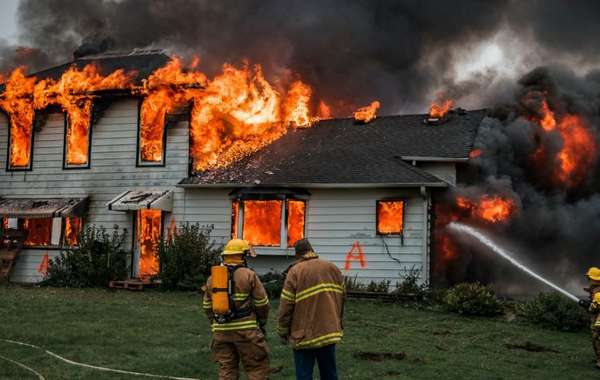
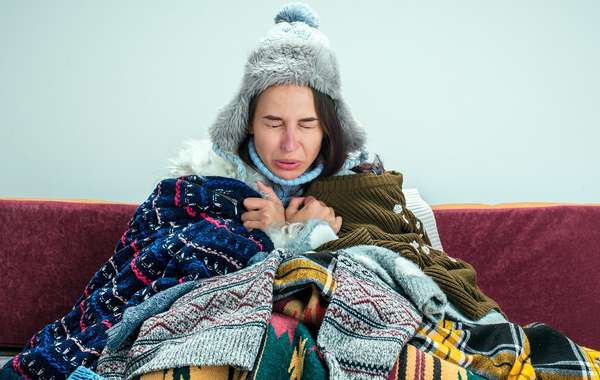
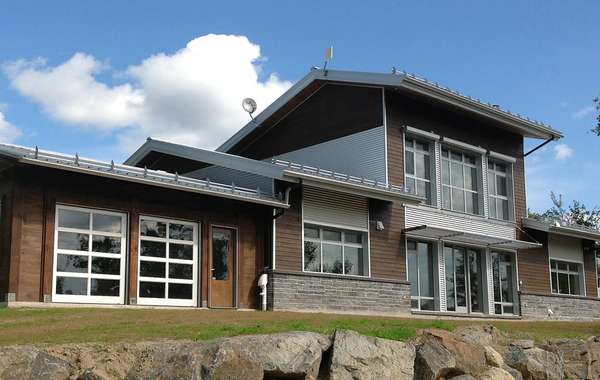

My husband just told me that he wants to purchase a wood burning stove for our house. He also told me to help him look for a provider. After some time, we found this provider Yorkshire stoves and fireplaces Huddersfield while searching on the Internet. But the thing is, we haven’t experienced buying a wood burning stove before. So it’s really great that I came across this article, and now we know what things to take note for our purchase. Anyway, from the points that you’ve discussed, what interests me the most is the quality of firewood to use. You said that hardwood is preferable than softwood, but soft types burn much faster. Which one do you think is better?
Here is our page on burning the right wood that may help. Typically people like to burn hardwood, and if you think of the amount of labour it takes to cut, split, stack and transport wood, you may as well get as many BTUs out of each piece as you can, hence the preference for hardwoods.
At my house I have a radiant floor and a wood stove, so I keep a couple of cords of hardwood for heating, and I usually collect some fallen softwood as well for kindling, as well as for having a small fire in the spring and fall.
A softwood like pine will burn fast and hot, so it can take the chill out of a cool morning, but it goes out pretty quick so you are less likely to experience overheating. The added benefit of using a bit of softwood is that if you're in a wooded area most people are happy to have any felled softwood carted away for free. Only do this if you find splitting and stacking wood to be as enjoyable a way to get excercise as going to a spin class :)
Any thoughts on hybrid fireplaces (can do either gas or wood)?
Thank you for this article! This is a very tricky decision. Me and my husband have been contemplating whether a hybrid or traditional wood fireplace is the best option. We live in the city. Therefore buying new wood for the oven might be too tricky or inconvenient. I am also uncertain where to stack all the wood so this is really helpful.
Loved this article. I never thought of burning softwood for a quick warmup! I too believed that softwood built up creosote. Fuel for thought haha
I'm surprized there is no mention of Masonry Heaters. We don't have one but our research has found its the most efficent of all and provides a nice even heat for a long period of time. Only needing a fire once or twice a day. Burns hot and fast. Determining the size of the Masonry heater within a super insulated house is the question. Hope to to build a near passive house in a few years and want to incorporate one as a backup heat/cooking source.
Good point Debra. There is so much out there we want to cover that we can't get it all up and loaded in as short a time as we would hope, masonry heaters is one such oversight. We'll get on it soon, thanks :)
What about Ethanol Biofuel? More eco-friendly that pellets?